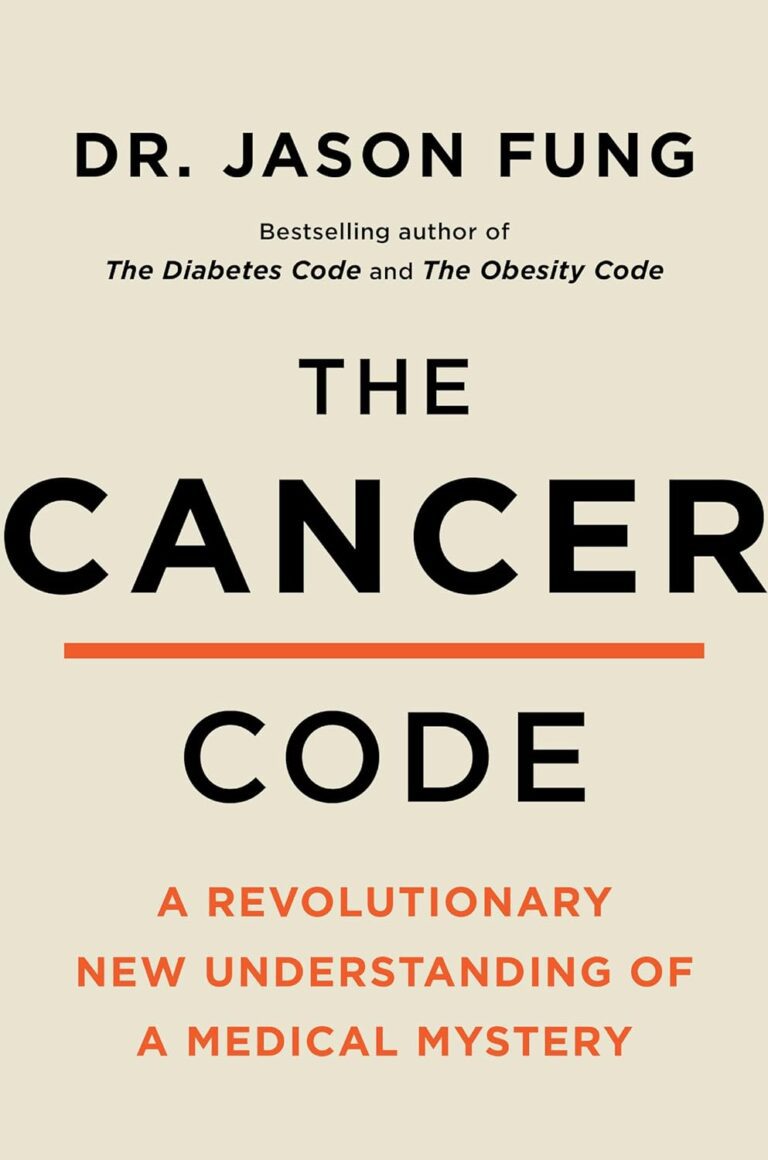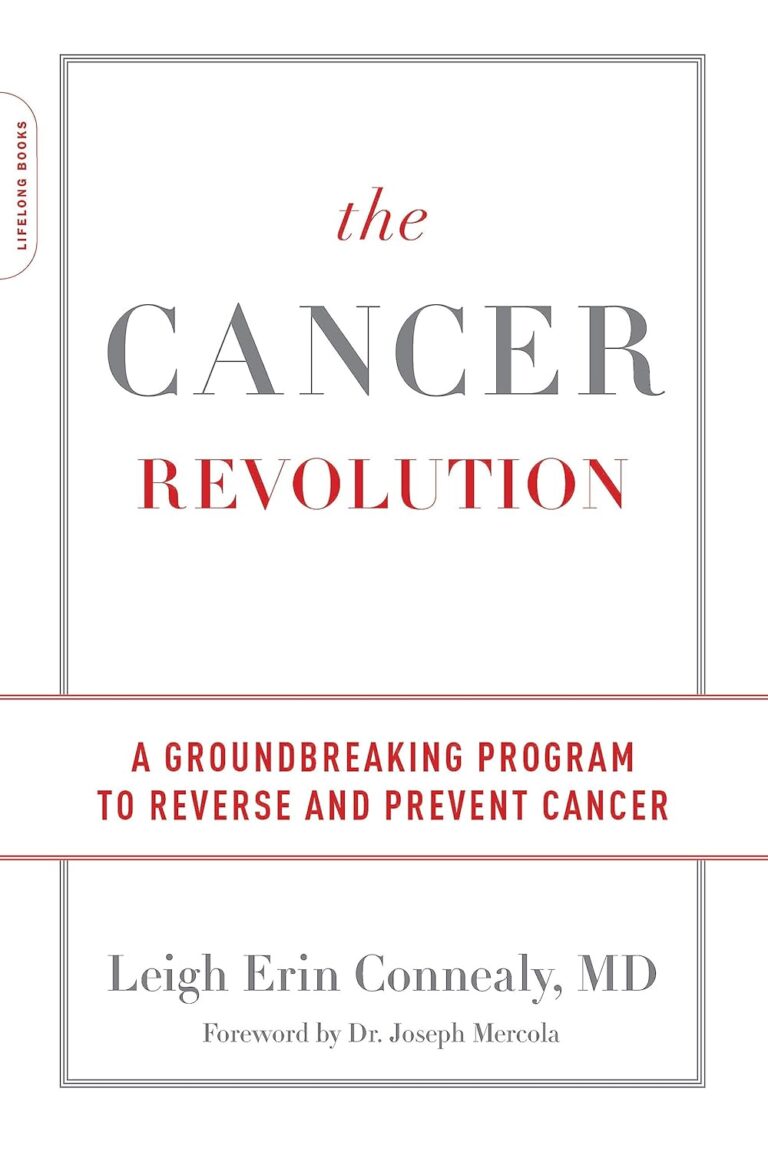
Overview
Tumor vasculature is a crucial component of cancer biology. It consists of the blood vessels that nourish tumors, providing them with the necessary oxygen and nutrients to grow. Unlike normal blood vessels, those in tumor vasculature are often disorganized and leaky, which can affect how tumors grow and respond to treatment.
Key Information
The development of tumor vasculature, known as angiogenesis, is a hallmark of cancer. Tumors can stimulate the formation of new blood vessels by releasing signaling molecules like vascular endothelial growth factor (VEGF). These new vessels are typically abnormal, with irregular shape and function, contributing to the chaotic environment within tumors.
- Tumor blood vessels are often more permeable than normal vessels, leading to increased interstitial fluid pressure within the tumor.
- This abnormal vasculature can hinder the delivery of therapeutic agents, making treatment more challenging.
- Understanding tumor vasculature is key to developing effective cancer therapies aimed at normalizing or disrupting these vessels.
Clinical Significance
Tumor vasculature plays a significant role in cancer progression and treatment. The abnormal structure of these blood vessels can lead to inadequate delivery of chemotherapy and oxygen, impacting the effectiveness of treatments. Researchers are exploring ways to target tumor vasculature to improve the outcomes of cancer therapies.
Anti-angiogenic therapies, which aim to inhibit the growth of new blood vessels in tumors, have shown promise in certain cancers. By targeting the vasculature, these treatments can potentially starve the tumor of necessary nutrients and slow its growth.
Treatment & Management
Several therapeutic strategies focus on targeting tumor vasculature:
- Anti-angiogenic drugs: These medications, such as bevacizumab, aim to block the signals that promote blood vessel growth.
- Vascular disrupting agents: These treatments work by damaging the existing tumor blood vessels, cutting off the tumor’s blood supply.
- Normalization strategies: Some therapies aim to normalize the structure of tumor blood vessels to improve the delivery of chemotherapy and oxygen.
Combining these approaches with conventional cancer treatments may enhance their efficacy and provide better outcomes for patients.
Patient Resources
Patients can access various resources to understand tumor vasculature and its implications in cancer treatment:
- National Cancer Institute: Angiogenesis Inhibitors
- American Cancer Society: Cancer Basics
- CancerCare: Support and Information
Frequently Asked Questions
- What is the role of tumor vasculature in cancer?
Tumor vasculature supplies the tumor with nutrients and oxygen, aiding its growth and survival. Abnormal blood vessels in tumors can also impact treatment delivery and effectiveness.
- How do anti-angiogenic therapies work?
Anti-angiogenic therapies aim to inhibit the growth of new blood vessels in tumors, potentially starving the tumor and slowing its growth.
- Can targeting tumor vasculature improve cancer treatment outcomes?
Yes, targeting tumor vasculature can enhance the effectiveness of cancer treatments by improving drug delivery and reducing tumor growth.

















Comments
Thank you. Comment sent for approval.
Something is wrong, try again later